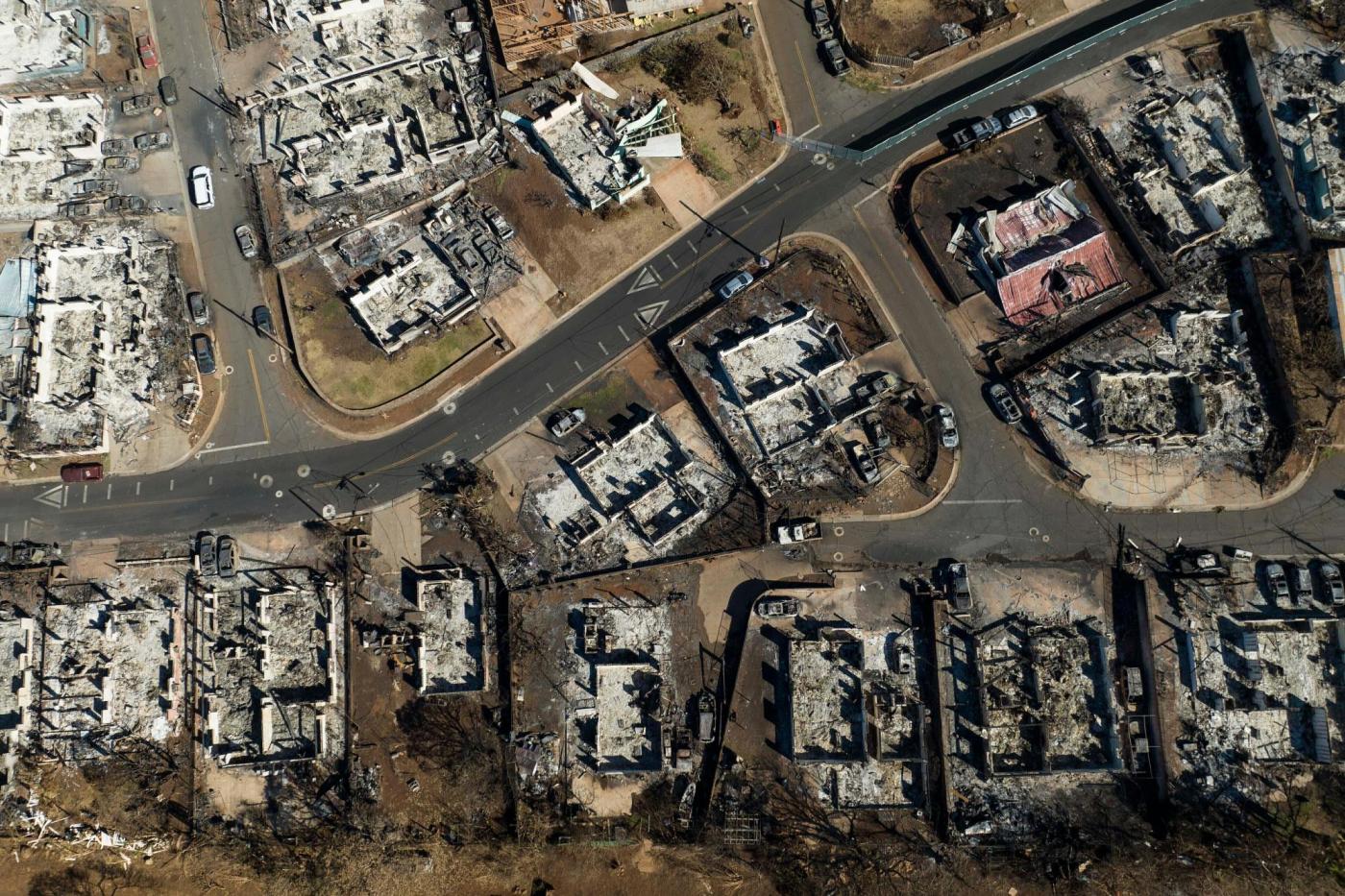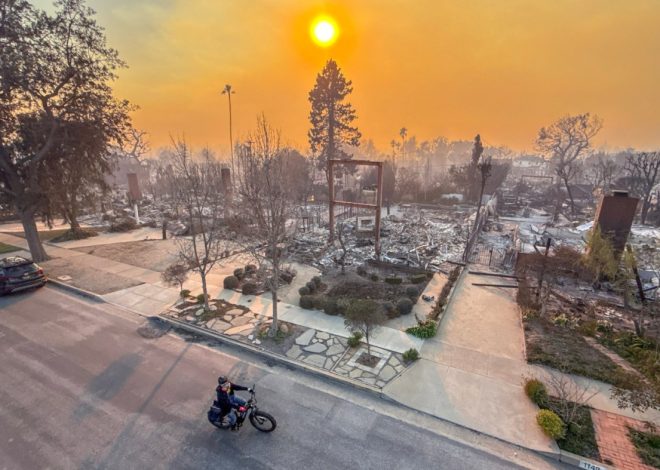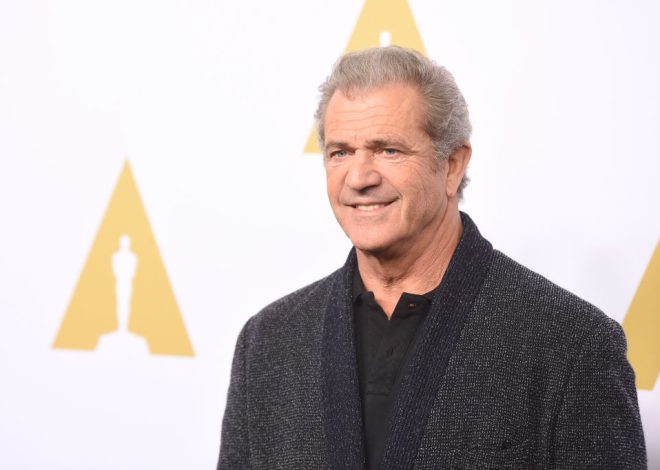
Deadly Maui fire erupted from earlier blaze believed to have been extinguished, investigation finds
By REBECCA BOONE, ALANNA DURKIN RICHER and JENNIFER SINCO KELLEHER | Associated Press
HONOLULU (AP) — The wildfire that killed at least 102 people on Maui last year erupted from an earlier brushfire, sparked by downed power lines, that firefighters believed they had extinguished, officials confirmed Wednesday as they presented their findings on the cause.
The Aug. 8, 2023, blaze — the deadliest U.S. wildfire in more than a century — emerged in the afternoon in the same area as the blaze that began earlier that morning. Driven by strong, erratic winds, the fire raced through the historic town of Lahaina, destroying thousands of buildings, overcoming people trapped in their cars and forcing some residents to flee into the ocean.
It had been unclear whether the blaze was a separate fire or a rekindling of the morning fire, and whether firefighters should have left the scene after they spent hours dousing it. The answers could prove significant to questions about liability for the destruction, though a tentative $4 billion settlement has been reached.
In presenting their findings, officials with the U.S. Bureau of Alcohol, Tobacco, Firearms and Explosives and the Maui Fire Department did not address liability but found that the wildfire was clearly a rekindling of the morning fire — most likely from winds blowing an undetected ember into a dry, overgrown gully nearby.
“We deeply regret that our operations contributed to the fire that ignited in the morning,” Hawaiian Electric Co., the company whose power lines sparked the earlier fire, said in a statement Wednesday. “Confronted by an extraordinary weather event and a chaotic situation, our employees brought their best efforts to their jobs, as they do every day.”
The officials stressed that Maui firefighters had done all they could to put out the morning fire before leaving to address other calls for service on a day when other fires were burning around the island.
“They deployed countless resources, spent an extensive amount of time on the scene, and observed the scene after they believed it was extinguished,” Jonathan Blais, the ATF’s special agent in charge of the Seattle Field Division, which includes Hawaii, told a news conference. “So, yes, I do believe they did everything possible.”
While wind was the most likely cause of the fire’s rekindling, the ATF’s report said investigators could not rule out another possibility: that the operator of a bulldozer, trying to help firefighters contain the blaze, could have unwittingly pushed smoldering debris to the gully’s edge, only to have it erupt in flames hours later.
“The close proximity of the freshly cut firebreak to the western edge of the gully does not afford investigators the ability to rule out the possibility that while cutting the firebreak, the operator unknowingly moved still burning vegetation or smoldering debris into the gully,” the report said.
The owner of the company that provided the bulldozer told ATF investigators less than two weeks after the fire that he had shown up because a friend who lived nearby asked for help. The owner did not respond to several requests for a follow-up interview, the report said. Neither the owner nor members of his crew were identified in the report.
Video from inside the bulldozer showed it piling loose soil and burned vegetation at the edge of the gully, the report said.
Bulldozers driven by volunteers and contractors are frequently used to protect towns and farms from wildfires across the western U.S., though some groups have questioned their effectiveness in extreme weather conditions.
The ATF report was included as an appendix in a report from the Maui Fire Department, which asked the agency last year to help determine how the fire started. Several other agencies have also investigated the fire and the response to it, detailing the poor conditions — including emergency response missteps — that contributed to the tragic outcome.
Communication between the police and fire departments was spotty, cellphone networks were down and emergency officials did not activate the emergency sirens that might have warned residents to evacuate. Power lines and poles had fallen in many locations throughout town, and police blocked some roads to protect residents from potentially dangerous lines. First responders also had trouble getting a firm answer from Hawaiian Electric representatives if the power had been cut to the area.
The blocked roads contributed to gridlock that left fleeing people trapped in their cars as the flames advanced. Others died in their homes or outside as they tried to escape. The death toll surpassed that of the 2018 Camp Fire in northern California, which left 85 dead and destroyed the town of Paradise.
Related Articles
Condoms aren’t a fact of life for young Americans. They’re an afterthought
Today in History: October 3, O.J. Simpson found not guilty of murder
Melania Trump declares pro-choice views in new memoir: report
Trump ‘resorted to crimes’ after losing 2020 election, newly unsealed court filing claims
Amazon stops selling book claiming to detail Diddy’s abuse of Kim Porter
Thousands of Lahaina residents have sued various parties they believe to be at fault for the fire, including Hawaiian Electric, Maui County and the state of Hawaii. The defendants have often tried to point fingers at each other, with Hawaiian Electric saying the county shouldn’t have left the first fire unattended, and Maui County contending the electric utility failed to take proper care with the power grid. Exactly who was responsible for clearing brush and maintaining area has also been a point of contention among the defendants, along with the utility’s lack of a public safety power shut-off program.
A few days before the one-year anniversary of the wildfires, Hawaii Gov. Josh Green announced a $4 billion settlement. That’s the amount the defendants — including Hawaiian Electric, the state, Maui County, large landowners and others — have agreed to pay to settle claims.
But the deal is tied up in court, awaiting a decision from Hawaii Supreme Court on whether insurance companies can go after the defendants separately to recoup what they’ve paid to policyholders. Lawyers for people seeking compensation fear allowing insurance companies to sue Hawaiian Electric and others will subvert the deal, drain what is available to pay fire victims and lead to prolonged litigation.
Jake Lowenthal, an attorney representing people suing over fire, said the report didn’t provide any information that would change their theory of liability in the case: that firefighters left the scene, that the utility didn’t maintain their equipment or have a power shutoff program, and that some large landowners left their properties untended with dry, overgrown vegetation that provided ample fuel for the blaze.
“Every piece of additional information allows the community to continue to heal,” Lowenthal said, “and allows us to move forward with how the fire was caused and how we can continue to protect the community to make sure this doesn’t happen again.”
Boone reported from Boise, Idaho, and Durkin Richer from Washington.


